
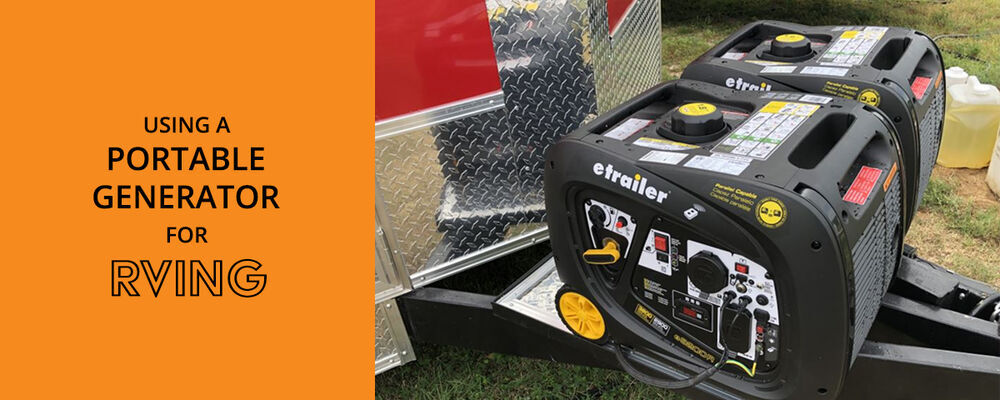
Using a Portable Generator for RVing
RV Electrical Systems
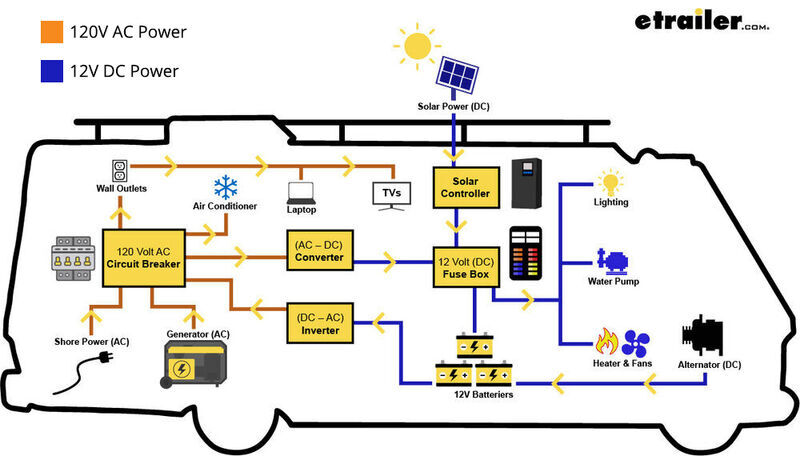
Where Do I Put a Portable Generator for My RV?
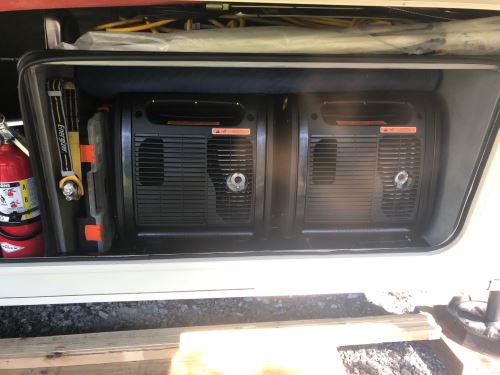
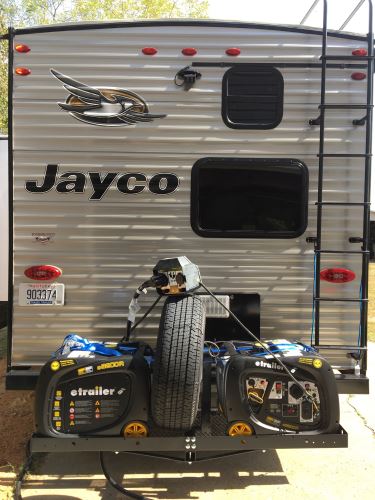
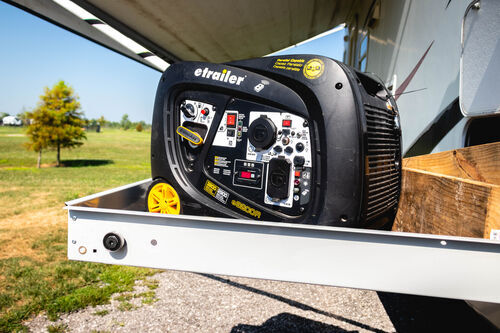
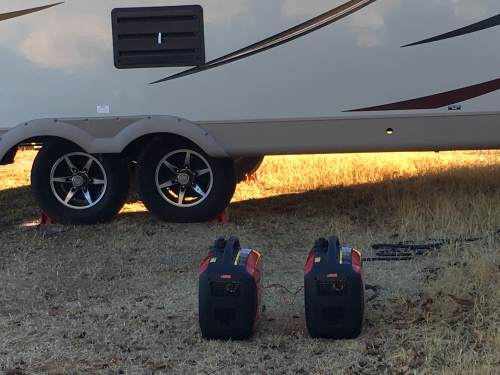
How Do I Hook Up a Portable Generator to RV Power?
First, you'll make sure there are no cords connected to your generator. Then, you start and run the generator. Once your genny is stably running, you can connect the shore cord to the genny. Lastly, connect the shore cord to your RV.
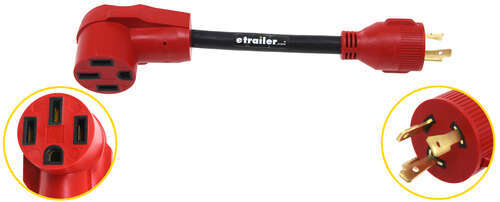
How Do I Secure a Portable Generator to an RV?
How Do I Protect My Generator from Being Stolen?
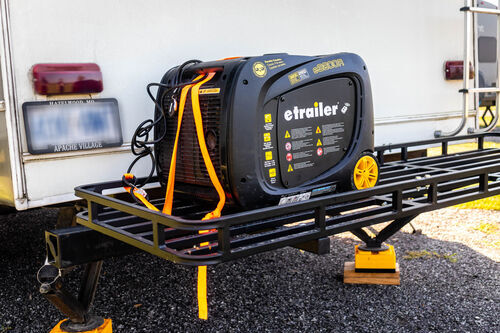
How Do I Charge My RV's Battery with a Portable Generator?
Can I Run a Portable Generator While Driving an RV?
Is my generator properly secured, stable, and level outside of my RV's interior? Is my generator's exhaust properly vented?
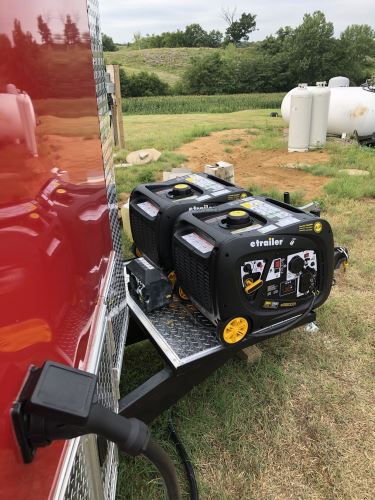

Erik K.
8/25/2023
I strongly suggest you get solar panels instead of a generator. Your neighbors and your family will thank you for the quiet. Plus, no gas bills, spills, smell, etc. Almost all RV fridges run great on propane, you don't need a generator for the fridge. And if you must get a generator, please get a modern quiet one.


Dave S.
8/25/2023
I’d always assumed running the generator (Honda 2200i) plugged into the shore power for the camper would charge the battery to some degree. Are you saying doing the above AND using the 2nd 15 amp outlet on the generator for a portable battery charger to also charge the house battery is even faster? In other words, two battery chargers working at the same time on a single battery.

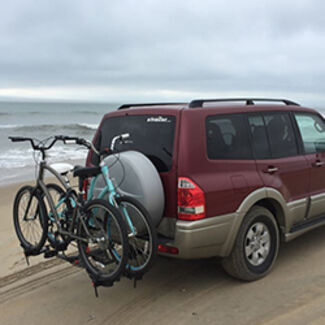
Mountain G.
8/25/2023
Something most folks do not. pay attention to is the decibels of generator operation. I have to enforce 60 decibels as a park host.


Mr. B.
8/25/2023
My question is about grounding. My ginny has a floating ground. How do I ground the unit. Do I need to ground neutral to the frame? Or just use it as a floating ground. If operating the unit while driving how would I ground the unit? Help!
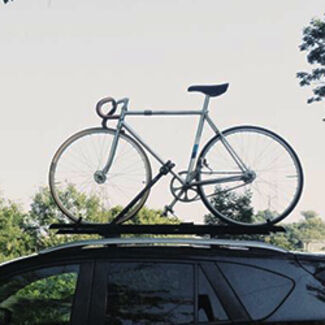
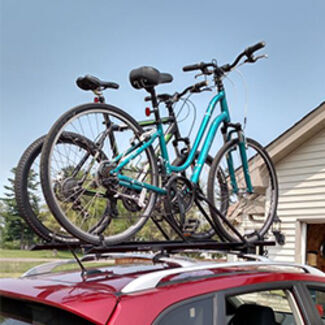

Departments
Towing
- Trailer Hitch
- Fifth Wheel
- Gooseneck
- Towing a Vehicle
- Front Hitch
- RV Hitch
- ATV Hitch
- HD Truck Hitch
- Vehicle Wiring
- Brake Controller
- Ball Mounts
- Weight Distribution
Sports and Recreation
Trailer Parts
- Utility Trailer
- Boat Trailer
- Landscape Trailer
- Enclosed Trailer
- 5th/Camper Trailer
- Car Hauler
- Horse Trailer
Vehicle
Contact & Help

What our customers are saying:
"Very helpful/friendly Customer Service. Competitive Pricing. Shipping was Fast."
Popular Vehicles
- Subaru Forester
- Ford F-350 Super Duty
- Ford F-250 Super Duty
- Chevrolet Silverado 1500
- Jeep Wrangler Unlimited
- Jeep Wrangler
- Ram 3500
- Toyota Highlander
- Ram 2500
- Chevrolet Silverado 2500
- Subaru Outback Wagon
- Chevrolet Silverado
- Dodge Ram Pickup
- GMC Sierra 2500
- Ram 1500
- Ford F-250 and F-350 Super Duty
- Jeep Grand Cherokee
- Toyota Tacoma
- GMC Sierra 3500
- Toyota Tundra
- Ford Escape
- More >>



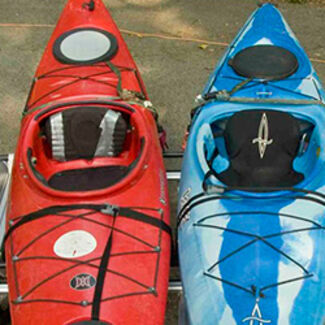
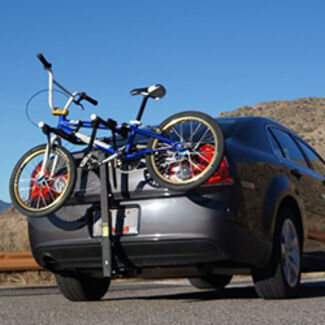
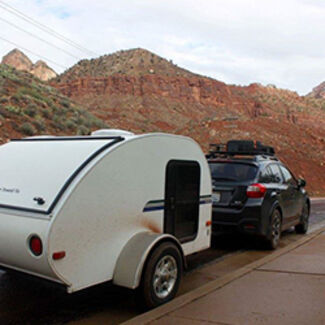
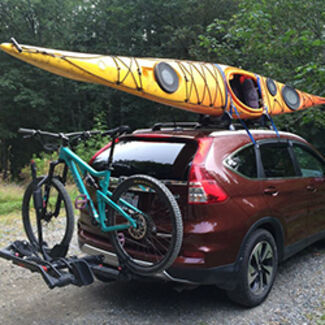
















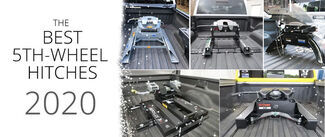



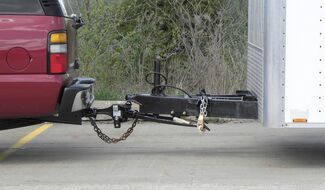




Jim R.
8/26/2023
Absolutely no mention was ever made of a transfer switch. If a generator or inverter (or both) are direct wired into an electrical system of an RV without a transfer switch, somebody and somethings are going to get hurt!